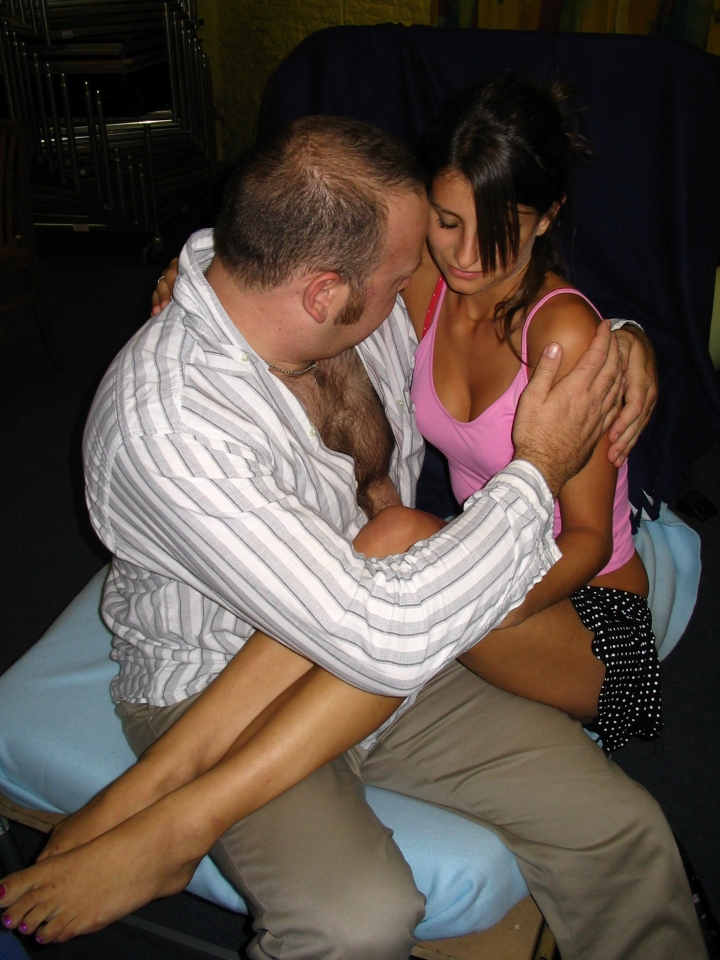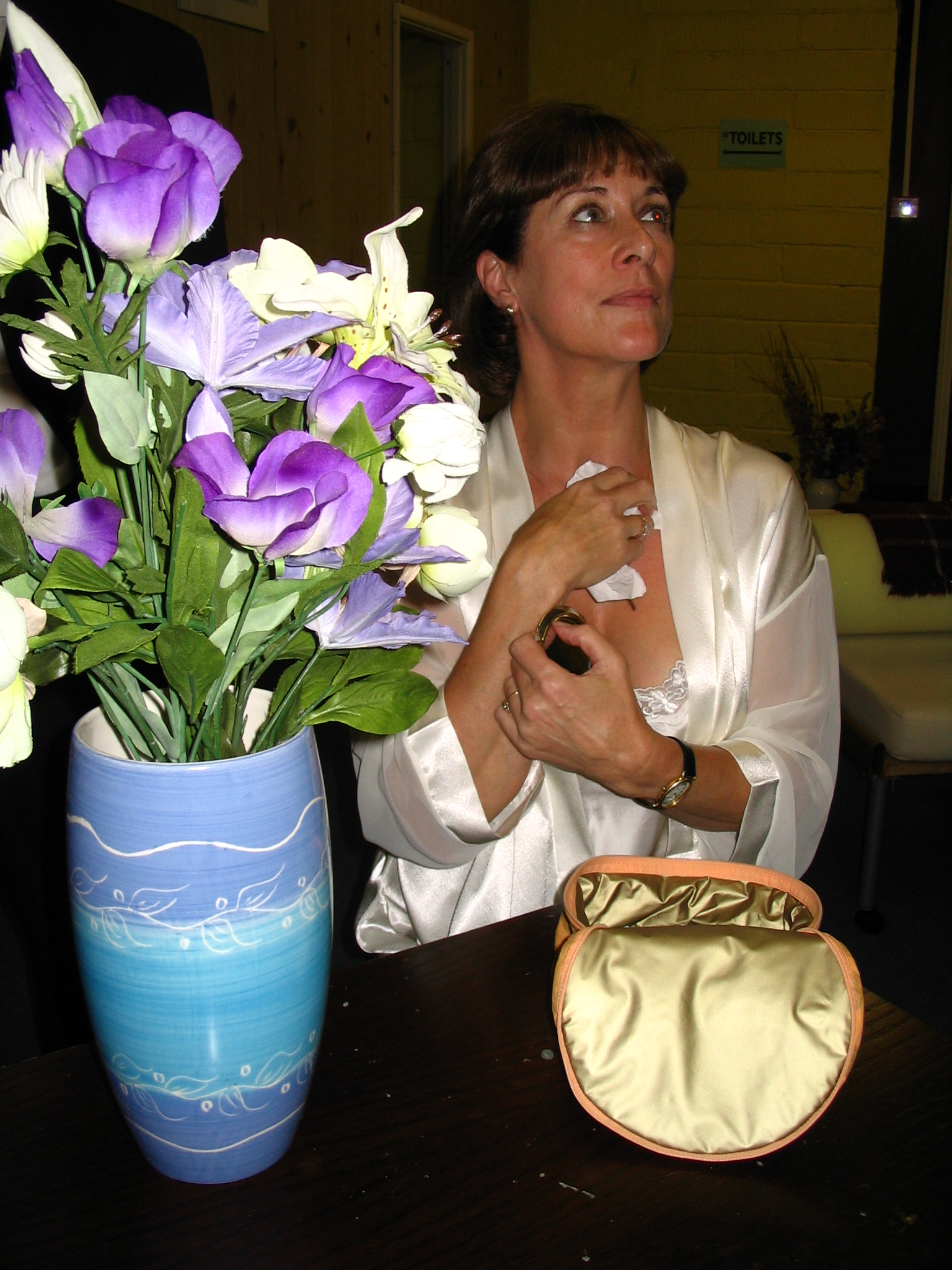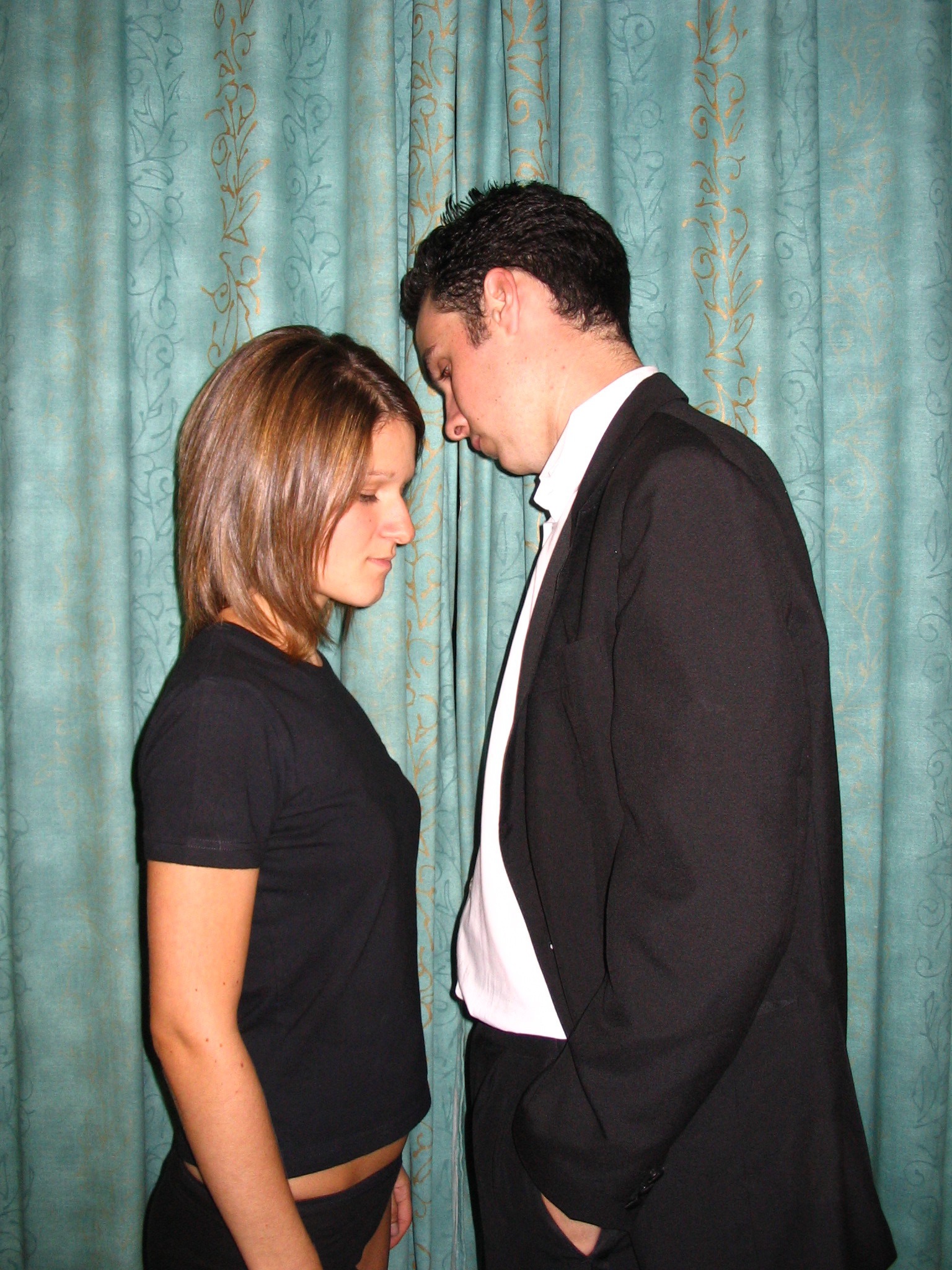This production was performed at The Rondo Theatre, Bath
Origins
The Blue Room is based on Reigen (“round dance”), a series of vignettes written by Dr. Arthur Schnitzler in 1896. Reigen, German for ‘‘round dance,’’ was set in Schnitzler’s own fin de siècle Vienna and depicted a number of characters in a continuous chain of sexual liaisons, suggesting that the meaningless physical relationships they shared, as well as venereal diseases they picked up along the way, were passed along in a mechanical, dehumanising chain.
When the work was actually performed in Vienna in 1921, it was closed by police for its scandalous sexual content. Actors in a Berlin production the same year were taken to court on obscenity charges. The film version, La Ronde, created by Max Ophuls in 1950, lifted some sense of the taboo surrounding the story and replaced it with a wistful nostalgia and only minor titillation.
The modern version
In the introduction to his adaptation of the play, Hare claims he first learned about Schnitzler’s clever story as a boy, when his father promised him he could one day watch ‘‘his favourite film of all time.’’ More recently, it was director Sam Mendes who asked Hare to adapt Schnitzler’s work for a modernized stage version. For Hare, who has written many times about deception and dissatisfaction in relationships, the story was a natural draw. “[Schnitzler’s] essential subject is the gulf between what we imagine, what we remember, and what we actually experience,” the playwright suggests.
In the original production all the parts were taken by two actors (Nicole Kidman and Ian Glenn), which admittedly gives an added dimension to the play, but Next Stage has elected to use a cast of ten. Using only two performers leads to the danger that the sense of a cross section of humankind caught in the act fades, and the focus becomes the versatility of the two performers.
Cast:
Rehearsal Photographs:

















